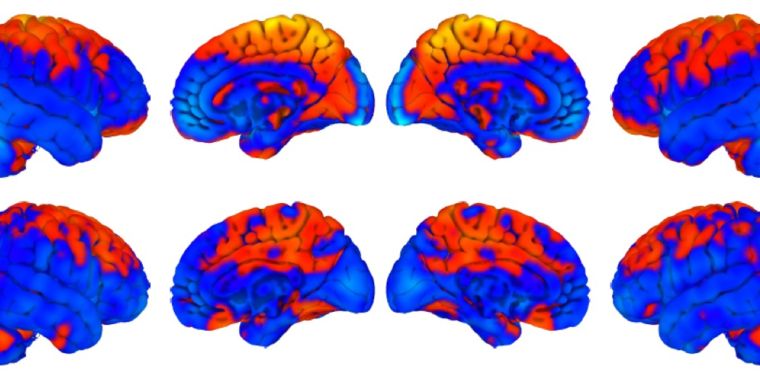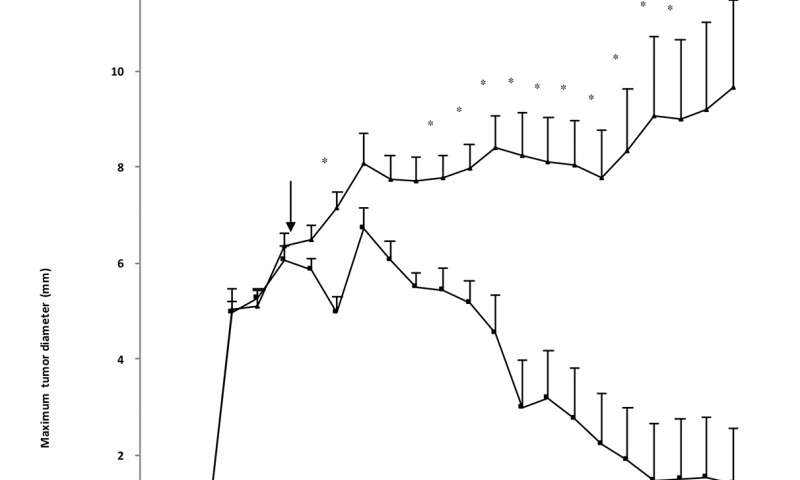
A new study could change scientists' understanding of how the brain works - and could lead to new approaches for treating neurological disorders and for developing computers that 'think' more like humans.

Now, researchers in Cleveland, Ohio have taken a significant step toward defeating antibiotic-resistant infections by combining two different antibiotics that each block a different kind of drug-destroying enzyme secreted by bacteria.

Two separate research teams managed to create what looked an awful lot like time crystals back in January, and now both experiments have successfully passed peer-review for the first time, putting the 'impossible' phenomenon squarely in the realm of reality.

A new study provides some of the first data on the changes in brain structure during spaceflight. Scientists found decreases in some gray matter areas and increases in gray matter volume for regions of the brain that control leg movement.

A pair of researchers at Columbia University and the New York Genome Center show that an algorithm designed for streaming video on a cellphone can unlock DNA's nearly full storage potential by squeezing more information into its four base nucleotides.

Supersolid is crystalline and superfluid at the same time.

Nanoengineers have 3-D printed a lifelike, functional blood vessel network that could pave the way toward artificial organs and regenerative therapies.

A chemical found in tumors may help stop tumor growth, according to a new study.
A clinical research publication led by Stanford University investigators has demonstrated that a brain-to-computer hookup can enable people with paralysis to type via direct brain control at the highest speeds and accuracy levels reported to date.

Sending an antibiotic-resistant superbug to a zero-gravity environment like the International Space Station will help NASA better understand how superbugs mutate to become resistant to available antibiotics.

Two-dimensional (2D) semiconductors made of materials such as transition metal dichalcogenides (TMDs) are forming the future of electronic devices.

A group of Russian and Swedish scientists just published a breakthrough paper. The scientists made an attempt to slow down ageing using a novel compound: artificial antioxidant SkQ1 precisely targeted into mitochondria.

Finnish researchers confirmed that those traveling to exotic locations often bring home drug-resistant bacteria in their intestines. But the people who took antibiotics while exploring those locales came back with the most extensively drug-resistant cargo.

Researchers have confirmed that becoming a parent brings about more than just the obvious offspring - it also rewires the parents' brain.

The system, a portable brain-machine interface, translates brain activity into simple yes or no answers to questions with around 70 percent accuracy.